|
Brown Patch - Austin, Texas
Real Green offers a brown patch
reduction program for customers with annual brown patch problems. Our
reduction program will minimize brown patch and limit its damage during the
fall season. How to treat for Brown Batch is determined by several factors.
Brown patch
lawn disease shows up as large irregular circular areas of brown grass. These areas can
range from one to fifty feet in diameter. The outer edges of the affected
areas are orange-brown in color and the blades can easily be pulled from the
runners. Austin, Texas brown Patch
This
lawn fungus
will generally occur in the same areas of the lawn each year. The spores
become active in the fall as temperatures drop and there is excessive
moisture available for the fungus to develop. Scarring from the damage will
usually remain until new spring growth fills in the area.
All
of our lawn care programs include active brown patch disease treatment, should a problem occur, at no
additional charge. This is not a preventative treatment. Preventative lawn
disease treatments are at an additional charge.
Free analysis and price quote
Brown Patch Symptoms on Turf
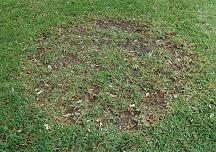 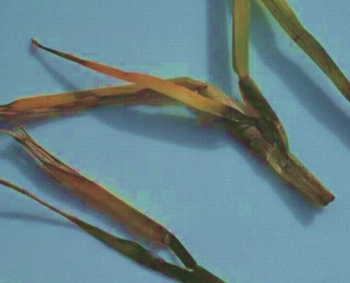
Brown Patch (fungus - Rhizoctonia
solani): The name, brown patch, is not very descriptive of the varied
symptom expression caused by Rhizoctonia spp. on turfgrass. Symptoms differ
on cool and warm season grasses and vary depending on environmental
conditions and cultural practices.
Turfgrass affected by brown patch
will generally exhibit circular or irregular patches of light brown, thinned grass. On
cool-season grasses (bent, rye and fescue) during periods of warm, humid
weather, a darkened border or smoke ring may develop at the outer margin of
the patches. The smoke-ring symptom is not reliable for diagnosis.
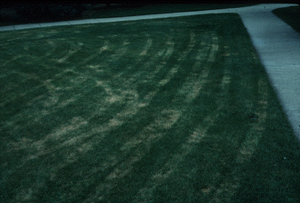 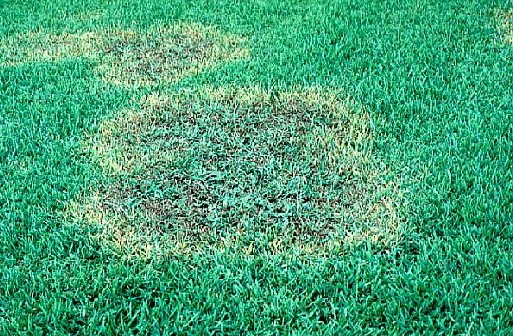
Spread by Mower
Typical pattern on St. Augustine
Symptoms on warm-season grasses such as
Bermuda grass or St. Augustine grass include circular to irregular patches of
blighted turf. Patches up to several yards in diameter commonly develop in
the fall, winter and spring when these grasses are approaching or emerging
from dormancy, evening temperatures are below 68 oF, and rainfall
usually increases. Active infections are noticeable by yellow leaves at the
edges of patches. Leaf sheaths become rotted, and a gentle tug on the leaf
blade easily separates the leaf from the runner. Brown patch usually does
not discolor roots. Disease develops most rapidly when air temperatures are
between 75 and 85 oF and wet conditions are present and generally
subsides when air temperatures rise above 90 oF.
Water only as needed and early in the day to remove dew and allow the grass
to dry quickly. Avoid over fertilization in spring and fall. Improve the
turfgrass root system with good drainage and aeration to reduce damage
caused by brown patch.
Fungicides are most effective when used on a preventive basis.
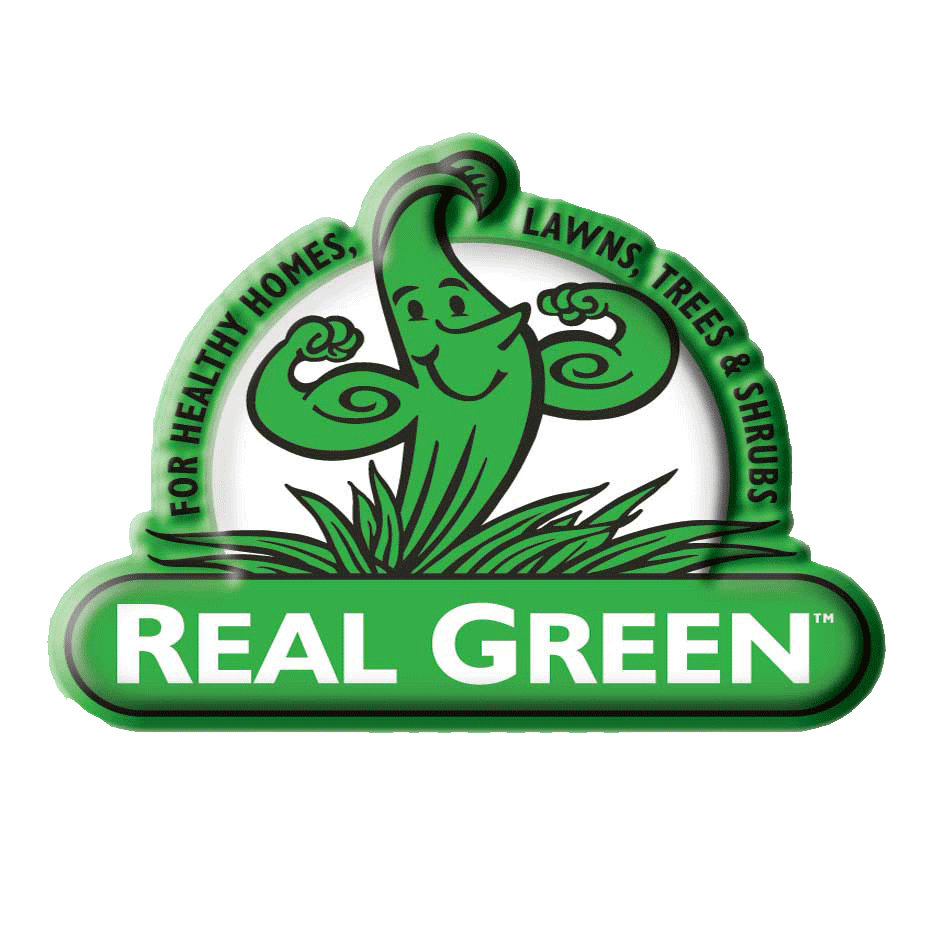
|
